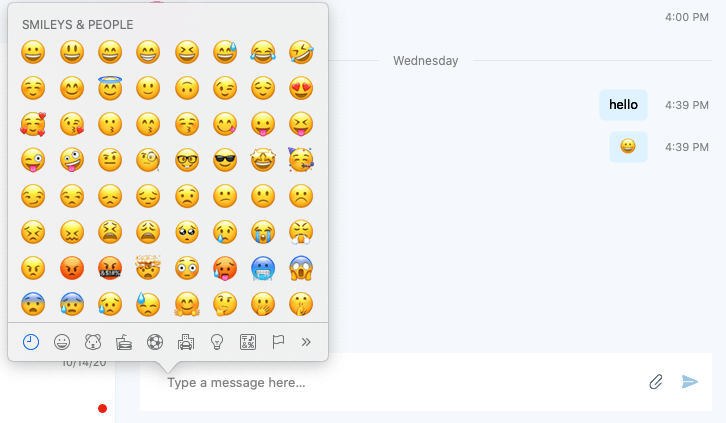Mar 06, 2020 Users can seamlessly participate in audio-video or audio-only calls to and from other HDX RealTime Media Engine users, native Skype® for Business and Lync® client users, and other standards-based desktop video and conference room systems. The HDX RealTime Media Engine is available for Windows, Mac, Linux, and Chrome OS (Android app).
The HDX RealTime Media Engine is a plug-in to the Citrix Receiver to support clear, crisp high-definition audio-video calls, particularly with Microsoft Skype® for Business. Users can seamlessly participate in audio-video or audio-only calls to and from other HDX RealTime Media Engine users, native Skype® for Business and Lync® client users, and other standards-based desktop video and conference room systems. The HDX RealTime Media Engine is available for Windows, Mac, Linux, and Chrome OS (Android app). For Windows devices, it is periodically packaged together with Citrix Receiver in a bundled package (single download, single install).
Download Skype for your computer, mobile, or tablet to stay in touch with family and friends from anywhere. Selecting Download and install Skype for Business will download the SfB desktop installer (recently reduced in size from 47 MB to 35 MB): Web page for downloading the SfB app installer. Click the download to install the app. Users who do not have administrator permissions on their Mac should choose the Install for me only option on the.

Admins that want to routinely point their end users to the latest version may choose to advertise a download page for the latest current release version or a download page for the latest LTSR CU version (only the RTME for Windows is covered by the LTSR program). Those pages will be evergreen - the URLs will persist while the contents on the pages are refreshed with each release. If you prefer to point your end users to a specific version, choose one of the pages listed below.
-->Read this topic to learn about hardware, software, and infrastructure requirements for running Skype for Business on a Mac.
The Skype for Business on Mac Client is available for download.
Hardware and software requirements for Skype for Business on Mac
The Skype for Business on Mac client requires Mac OS X El Capitan and higher, and uses at least 100MB of disk space. We support the use of all built-in audio and video devices. External devices must be in the Skype for Business Solutions Catalog.
Note
This list is preliminary and some devices may be qualified for Lync, but not supported on Skype for Business on the Mac.Refer to the System requirements for the minimum hardware required.
Legacy Mac clients
Skype for Business Server 2015 also supports the following legacy clients on computers that are running Mac OS 10.5.8 or latest service pack or release (Intel-based) operating systems (Mac OS 10.9 operating system is not currently supported). For details about supported features, see Desktop client feature comparison for Skype for Business.
Microsoft Lync for Mac 2011 (see Lync for Mac 2011 Deployment Guide)
Microsoft Communicator for Mac 2011 (see Communicator for Mac 2011 Deployment Guide)
These clients are not supported by Skype for Business Server 2019.
Infrastructure requirements for Skype for Business on Mac
The Skype for Business on Mac client leverages both the Unified Communications Management Platform (UCMP) as well as the Unified Communications Web API (UCWA) that our mobility clients use.
Skype For Business Mac Audio Not Working
The client has the same requirements as our mobility clients in that you must have an Access Edge Server and Reverse Proxy deployed in a supported configuration.
Authentication
The Skype for Business on Mac client supports Cert-based authentication, Microsoft Modern Authentication, and Multi-Factor Authentication when deployed and enabled.

Skype Download For Mac Free
Note
Due to a current limitation, the user's Exchange credentials must be the same as their Skype for Business credentials.
Certificates
Certificates in use on the Access Edge, Reverse Proxy and Front End servers must not use the SHA-512 hash algorithm.
The HTTP Certificate Revocation List must be defined and accessible by the client. For example, we don't support an LDAP entry in the certificate as your Certificate Revocation List.
DNS
Mobility must be properly deployed for the Skype for Business on the Mac client to function properly. A common failure scenario is to have both of the following DNS entries resolvable on the internal network:
lyncdiscoverinternal.<sipdomain>
lyncdiscover.<sipdomain>
For more information, refer to: Deploying Mobility in Lync Server 2013, and the Microsoft Lync Server 2010 Mobility Guide.

Skype For Business Mac Features




